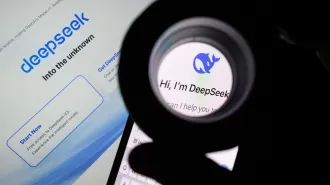For users of the Global Positioning System (GPS), getting lost just became harder. On Monday, President Clinton directed the Defense Department to stop degrading signals from 24 Air Force GPS satellites. The move improves the navigational precision available to civilian GPS users by about 10-fold, putting it on a par with that of the military. Civilians already use 4 million GPS receivers, which may be handheld or installed in cars, boats, or planes.


Children calculate lightning’s distance by counting the seconds from a flash to the rumble of thunder. A GPS device works similarly, notes Dennis G. Milbert of the National Geodetic Survey in Silver Spring, Md. It triangulates its position, he explains, by comparing its internal clock with time and position signals from at least 4 of the 24 atomic clocks on GPS satellites.





